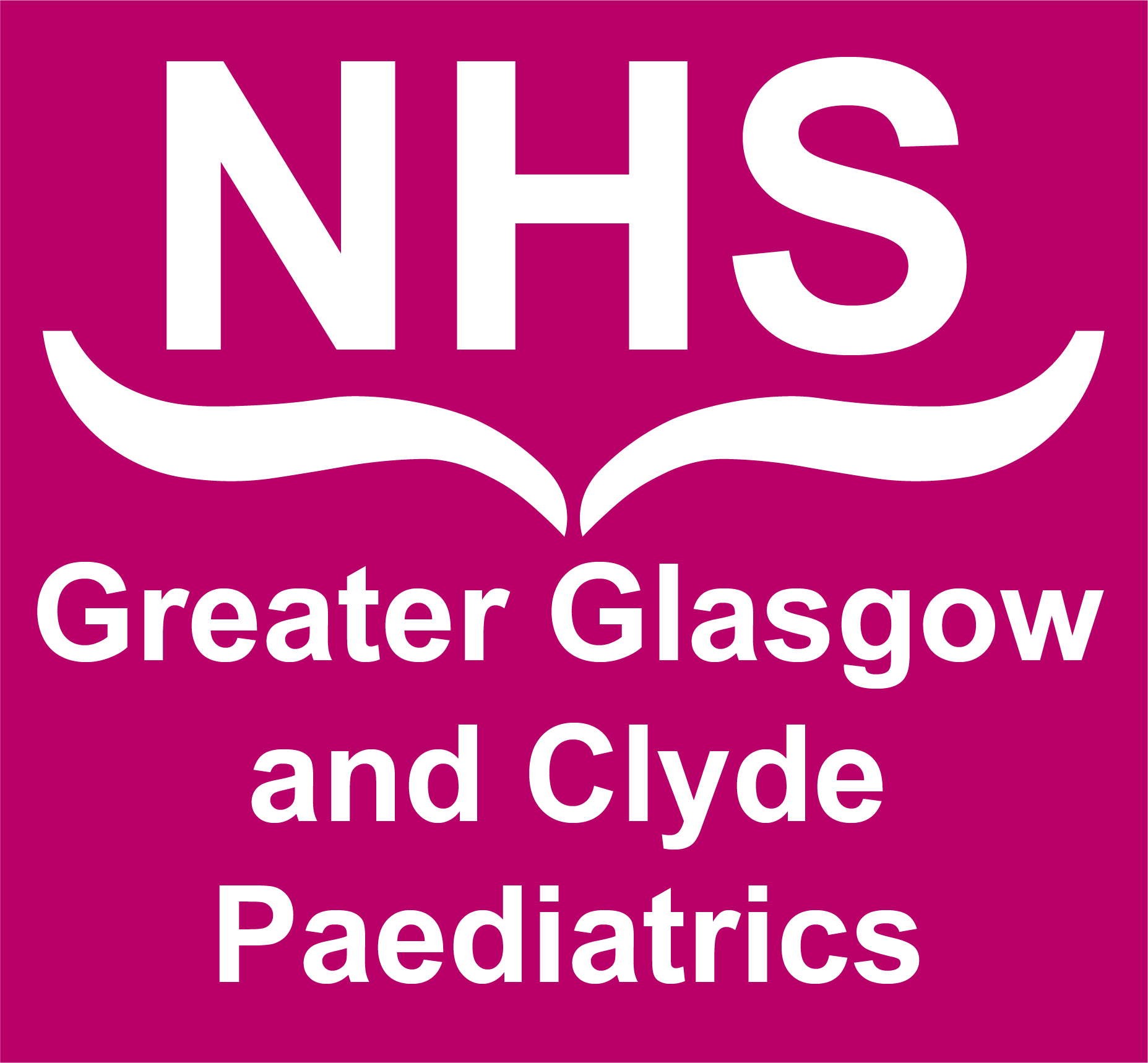Note 1: immunisation status
Most children will not have had previous rabies immunisations. To be considered fully immunised they would need EITHER:
- a well documented pre-exposure or post-exposure course of rabies immunisations
- a recent documented rabies antibody titre of at least 0.5 IU/ml
If in doubt, manage as the child as if they are unimmunised.
Note 2: Immunosuppression
For the purposes of rabies risk assessment, a child should be considered immunosuppressed if they fulfil the criteria for immunosuppression in Annexe 1 of the document linked below:
Guidelines on managing rabies postexposure (UK Health Security Agency, January 2023)
Note 3: Allergies
There are no contraindications to post-exposure treatment with rabies vaccine (including Rabipur for those with severe egg allergies). In the event of a hypersensitivity reaction to a dose of a pre-exposure course, such individuals should still receive post-exposure immunisation if indicated, because the risks of rabies outweigh the risks of hypersensitivity. When there is a history of a hypersensitivity reaction to rabies immunisation, seek advice.
Note 4: Bleeding disorders
If vaccinations are required and the child has a bleeding disorder, if may be more appropriate for these to be given subcutaneously. Seek advice if unsure.
Note 5: Immunisation schedules already started
The risk assessment above should be completed. Where a regime has been started that is different from what would have been used in the UK, advice should be sought from the paediatric ID team in daytime hours (between 9 am and 5 pm), e.g. the following day if out of hours (Section 9: Sources of Advice).
Arranging follow-up immunisations
- If the patient is in ED, follow-up immunisations should be requested for 1C as per Section 8: Follow-up
- If the patient is in Primary Care, please contact the ID team in-hours (as per Section 9: Sources of Advice). who will assist in arranging follow-up. Please have the details required for the Risk Assessment to hand.
Note 6: Exposure to recently imported animals
Animals recently imported into the UK may pose a rabies risk. If the animal is in a facility (e.g, zoo), discuss with the responsible veterinary surgeon to determine the risk. If suspicion of illegally imported animal (e.g, domestic dog), discuss with paediatric infectious diseases team.





